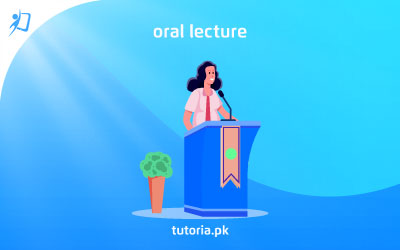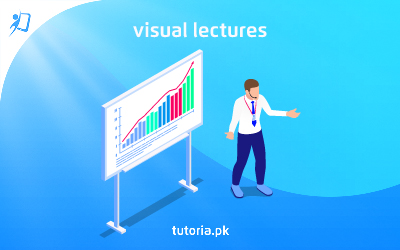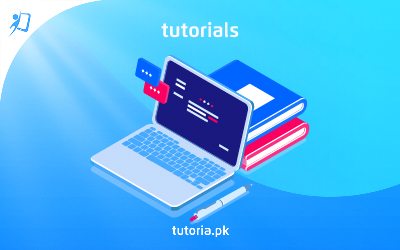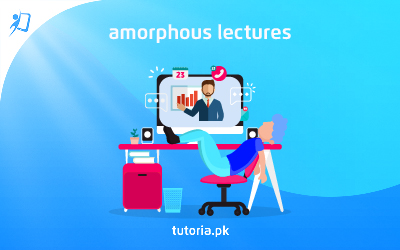No two teachers are the same. Each teacher is unique in their personal teaching style, teaching materials, and confidence. Therefore, there are different types of lecture methods that may be used by teachers.
While there is no single-best lecture method, there are surely some which are more effective than others. However, the type of lecture method that a teacher chooses to follow will depend on their personal preferences and confidence level. In addition to this, the nature of the subject and topic will also influence the type of lecture method to be used.
Here are the most common lecture methods that teachers can use when teaching matric and intermediate students.

Also known as formal lectures, this is a traditional and common teaching style. In its purest form, oral lectures involve the teacher standing at the podium and verbally delivering information to students. They rarely use the blackboard or any other aids to supplement the lecture. However, they heavily rely on teaching materials for preparing the lecture, however, they will not share the teaching materials with students in many cases.
Oral lecturers expect students to follow along by listening. To this end, students are expected to pay attention and understand the lecture. They may be permitted to write notes while the teacher speaks. However, this is often not an effective lecture for students learning, as they find themselves listening passively. Information retention tends to be low in this lecture method, which makes exam preparation difficult for students.

This is a teaching method that integrates verbal lectures with visual aids. In other words, the teacher may speak like a traditional lecturer, but also provide PowerPoint presentations, diagrams, or flow charts to supplement the lecture. Moreover, they may make use of the blackboard to write notes, draw diagrams, and write the main headings. Teachers use different teaching materials that are provided to students, such as book notes, slides, etc..
Visual lectures are considered more effective than traditional lectures, as students are able to follow along with what the teacher says by reading the points from the slides or blackboard. This way, the students will be able to stay more attentive and will have a greater understanding. They will less likely experience the feeling of being “lost” in the lecture.

This teaching style involves greater student participation. In fact, the basis of this lecture method is to have students “learn by doing”. To this end, teachers will guide students through steps, and students will complete it. It can be considered a form of classroom scaffolding. This lecture method is popular for subjects such as mathematics, but also commonly used for teaching physics and chemistry practicals. It can also be used when teaching subjects such as English or Urdu.
For example, the teacher may be teaching how to write formal letters in English. They will explain each step in the letter, and then provide time for the students to practice each step and to write their own letter. This is a good method of teaching practical subjects for exam preparation, but may not be very effective for theoretical subjects.

This is another type of interactive lecture. Here, the students will be split into different tasks and expected to complete a task on their own. The teacher will explain what needs to be done verbally before assigning the task. They may also provide PowerPoint slides, book notes, handouts, or other teaching materials to help the students.
Here, the teacher does not take center stage at the lecture. Rather, they spend some time at the beginning of delivering the lecture, then hand it over to students. However, the teacher will monitor the group work and be available to answer any questions or concerns. This is a great way to teach mathematics, physics, or other technical subjects.

The differentiating factor between amorphous lectures and all the other lecture types is that it has no clear learning objectives. The teacher may be confident in their speaking, but the lecture itself will be unclear. This may occur when there is not enough information. On the other hand, it may occur when there is too much information crammed into the lecture, making the purpose unclear.
This is extremely confusing and ineffective for students. They are unable to understand the purpose of the lecture, and therefore do not know what to study for exam preparation. Therefore, it is important for every teacher to establish clear learning objectives when preparing for each class to avoid giving amorphous lectures.
Therefore, there are many different teaching styles that can be used when preparing a lecture. There are benefits and uses of each teaching method, as long as they are created with strong learning objectives.
Ultimately, the purpose of any lecture is to teach students and facilitate them with their exam preparation and learning. Therefore, teachers should pick the best lecture method that fulfills these purposes.
Leave a Reply